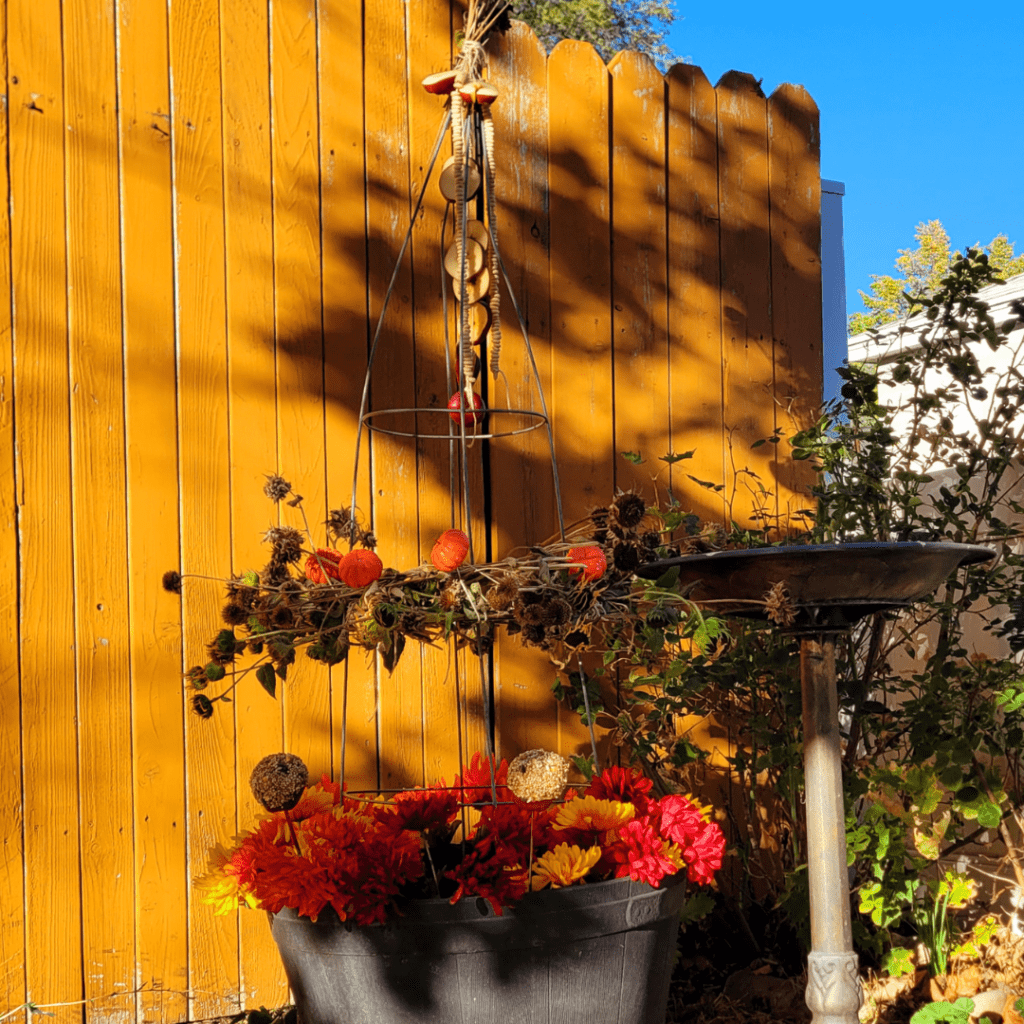Seedhead plants for birds.
What Is Included in This Post:
- Introduction to Seedhead Plants for Birds
- Importance of Seedheads for Bird Habitats
- Factors to Consider when Choosing Seedhead Plants
- Top 5 Seedhead Plants for Attracting Birds
- Planting and Maintaining Seedhead Gardens
- Creating a Bird-Friendly Environment with Seedhead Plants
- Additional Tips for Supporting Bird Populations
- Conclusion: Enhancing Wildlife Diversity through Seedhead Plants
- Frequently Asked Questions
Birds play a crucial role in maintaining the delicate balance of ecosystems, and providing them with suitable habitats is essential for their survival. One effective way to attract and support bird populations is by incorporating seedhead plants into our gardens and landscapes. Seedhead plants not only provide birds with a reliable food source, but they also offer shelter and nesting materials. In this article, I will explore the importance of seedhead plants for birds, discuss factors to consider when choosing these plants, highlight some of the best species for attracting birds, and provide tips on planting and maintaining a bird-friendly seedhead garden. By incorporating these plants into our outdoor spaces, we can contribute to enhancing wildlife diversity and creating a haven for our feathered friends.
This is a pinnable post. Tap or hover over any image in this post to pin to your Pinterest Boards.
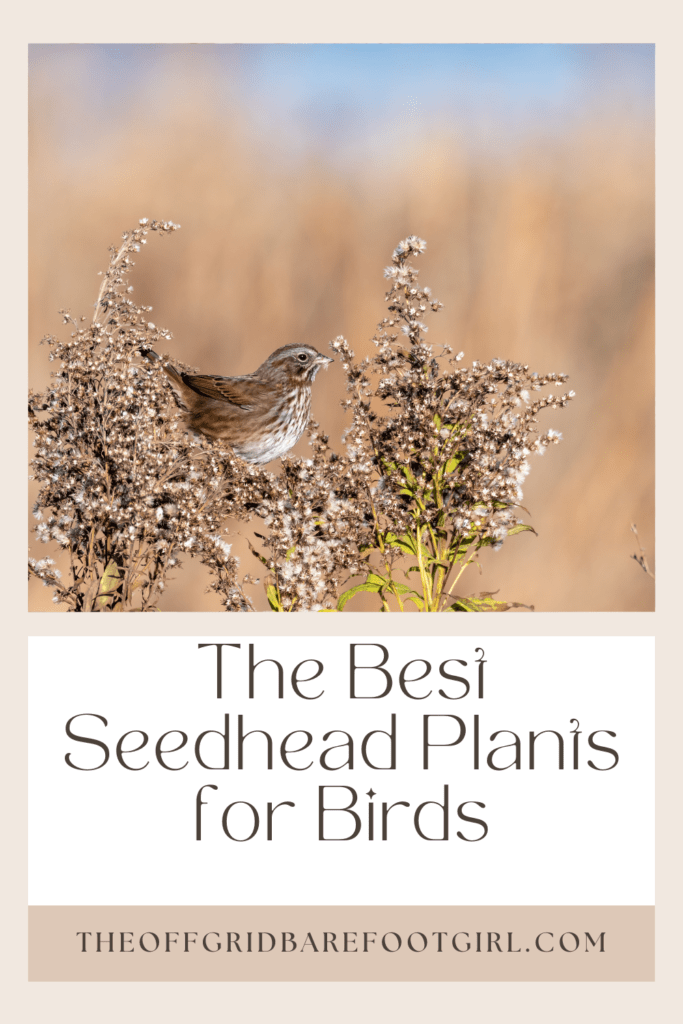
Introduction to Seedhead Plants for Birds
Hey there, bird enthusiasts! If you’re looking to create a bird-friendly habitat in your garden, it’s time to dive into the wonderful world of seedhead plants. These beauties not only add a touch of natural charm to your outdoor space, but they also provide a much-needed food source for our feathered friends. In this article, I’ll explore the importance of seedheads for bird habitats, what factors to consider when choosing seedhead plants, and of course, reveal some of the best seedhead plants to attract birds. So grab your shovels and let’s get started!
Importance of Seedheads for Bird Habitats
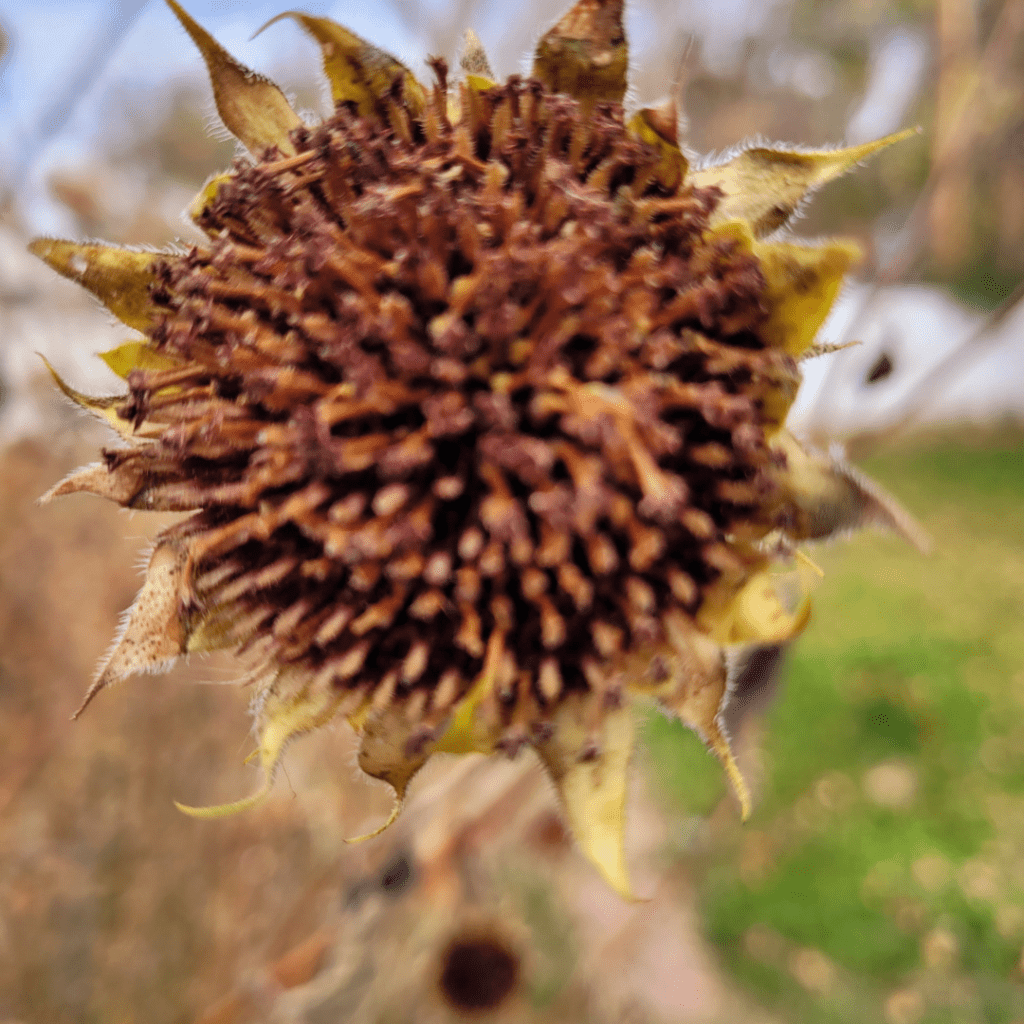
Understanding the Role of Seedheads in Bird Ecology
Seedheads play a vital role in the ecology of birds. As summer fades away and autumn rolls in, many plants produce seedheads as a way to disperse their seeds and ensure the survival of future generations. These seedheads serve as a nutrient-packed buffet for our avian friends, providing them with a sustainable food source during the colder months when insects and other goodies become scarce. It’s like a natural drive-thru for birds, offering a convenient and tasty option without the need for a drive-thru window.
Benefits of Seedhead Plants for Bird Conservation
Not only do seedhead plants satisfy our bird buddies’ hunger cravings, but they also play a crucial role in bird conservation. By growing these plants in your garden, you’re providing a safe haven for birds to feed, nest, and thrive. As urbanization expands and natural habitats dwindle, our feathered companions are facing challenges in finding adequate food resources. Planting seedhead plants helps counteract this by creating mini-ecosystems that attract and support various bird species. It’s like setting up a neighborhood restaurant where birds can gather and share a meal.
My Seedhead Garden for Winter Birds
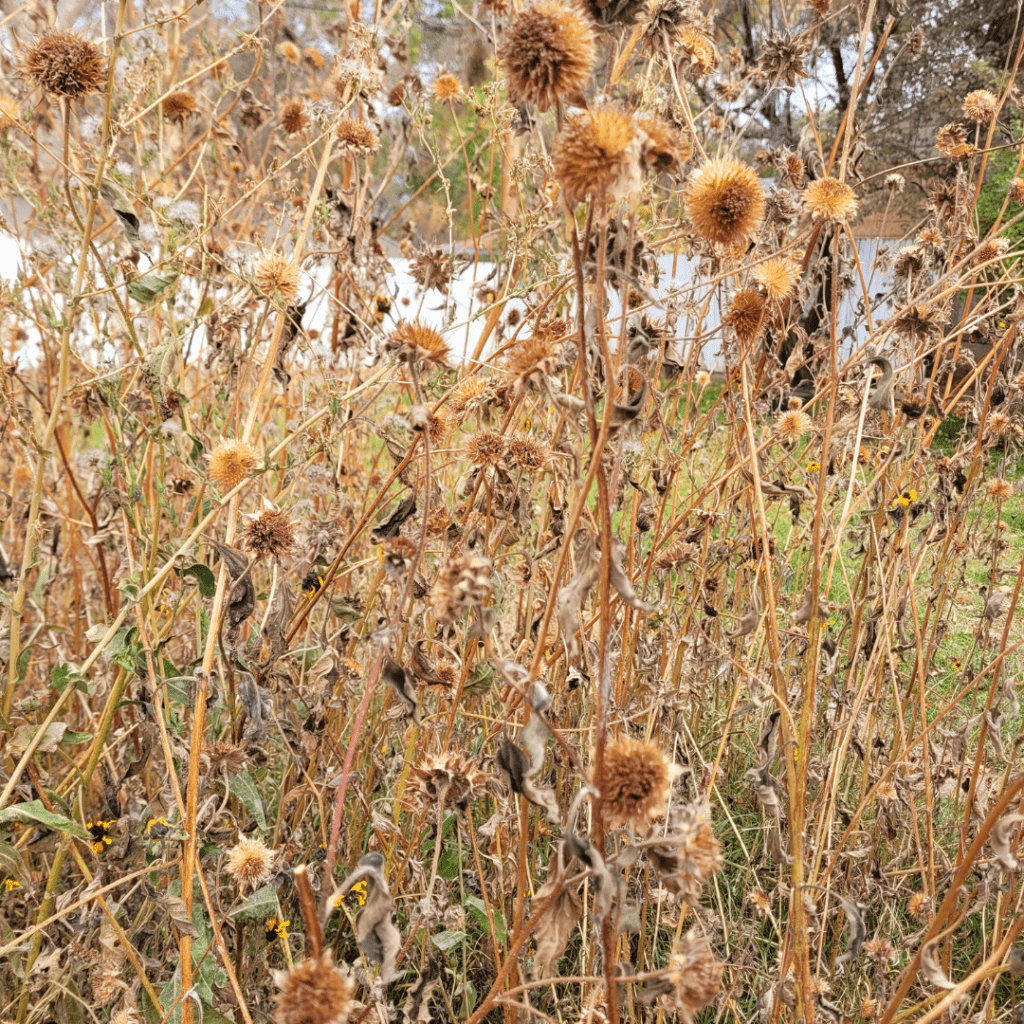
I decided to create a seedhead garden for the winter birds in my backyard. It’s a simple yet thoughtful way to provide them with food and shelter during the cold months. I left some of my plants untrimmed after they bloomed, allowing the flowers to mature into seedheads. These dried flower heads not only add visual interest to my garden, but also serve as a buffet for various bird species. Goldfinches, sparrows, and even robins are now frequent visitors, feasting on the seeds and insects nestled within these seedheads. It’s fascinating to watch their delicate acrobatics as they cling to thin stems and meticulously pick out their meals. I can especially find them in the early morning hours or late evening when I enter my backyard. I see the small birds feasting in my seedhead patch and it brings me so much delight!
Plus, as these plants haven’t been cleared away completely, they give birds a safe spot to perch and rest amidst the barren winter landscape. My little seedhead garden has become an oasis for these beautiful creatures when food sources are scarce – it’s heartwarming knowing that I’m contributing to their survival in this small way during the colder months.
Factors to Consider when Choosing Seedhead Plants
Native vs. Non-native Seedhead Plants
When selecting seedhead plants for your garden, it’s essential to consider whether they are native or non-native species. Native plants are always a top choice as they have evolved alongside local bird populations, offering an ideal and familiar food source. Non-native seedhead plants, while potentially attractive, may not provide the same nutritional value or be as effective in supporting local bird populations. So go native when possible and give those birds a taste of home.
Seedhead Plant Varieties for Different Bird Species
Different bird species have different preferences, so it’s worth considering a variety of seedhead plants to attract a diverse range of birds. Some birds may be more inclined to feast on sunflower seeds, while others may have a particular liking for coneflowers or black-eyed susans. By offering a mix of seedhead plant varieties, you’ll be the talk of the town in the bird world, attracting a delightful array of colorful visitors to your garden.
Top 5 Seedhead Plants for Attracting Birds
1. Sunflower (Helianthus)
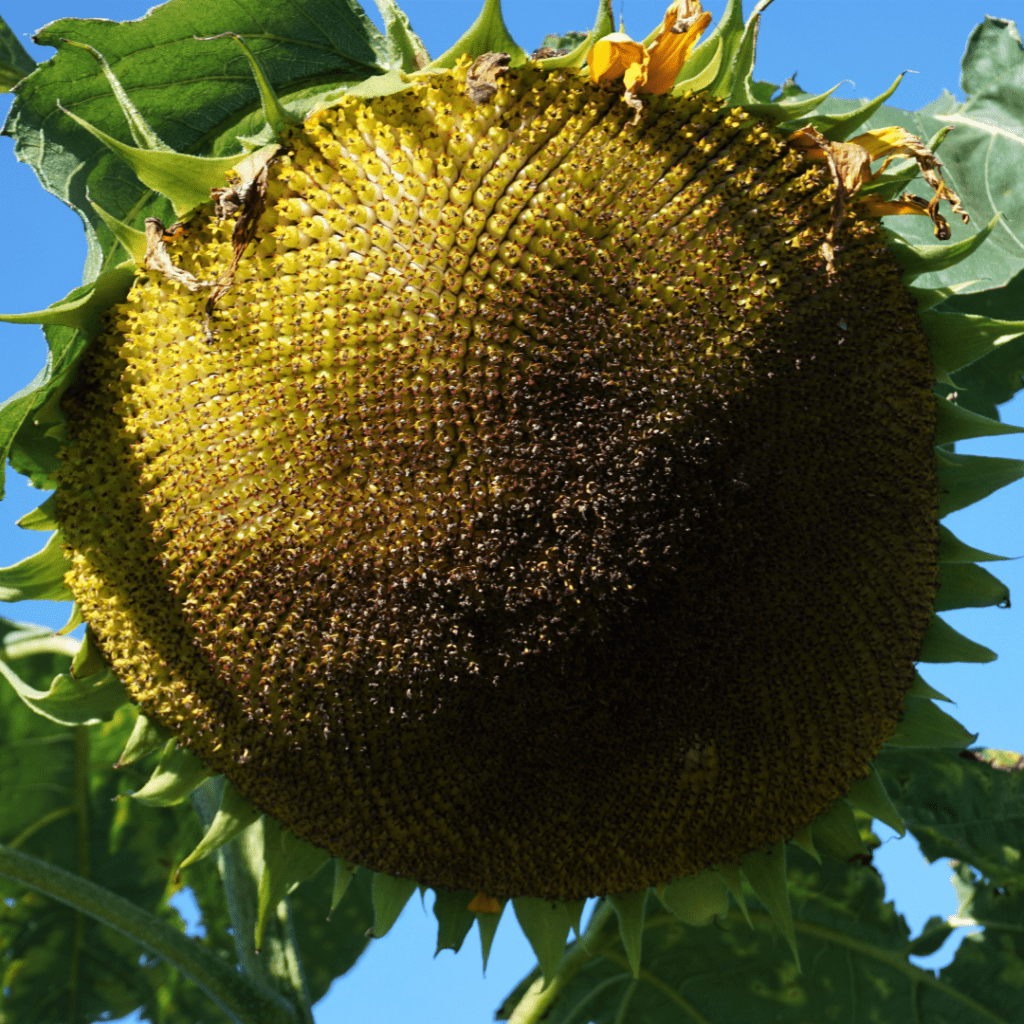
Ah, the mighty sunflower! Is there anything more iconic than a backyard filled with these golden giants? Sunflowers are a favorite among birds, with their large and abundant seedheads providing a feast fit for a bird king. Just be prepared for some fierce competition among your feathered guests!
2. Coneflower (Echinacea)
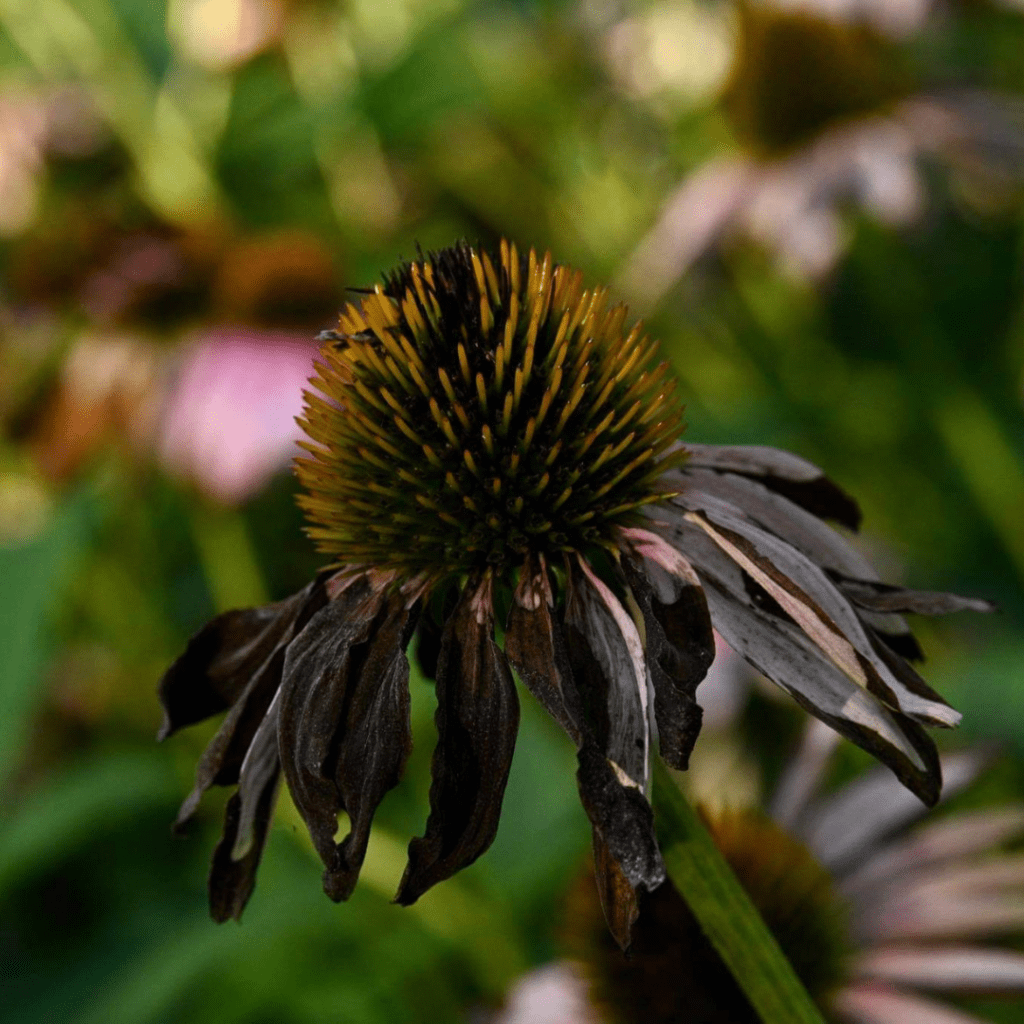
Coneflowers not only boast beautiful blooms, but also offer an irresistible treat for our feathered friends. Their sturdy seedheads provide a reliable food source and often attract smaller bird species like finches and sparrows.
3. Black-Eyed Susan (Rudbeckia)
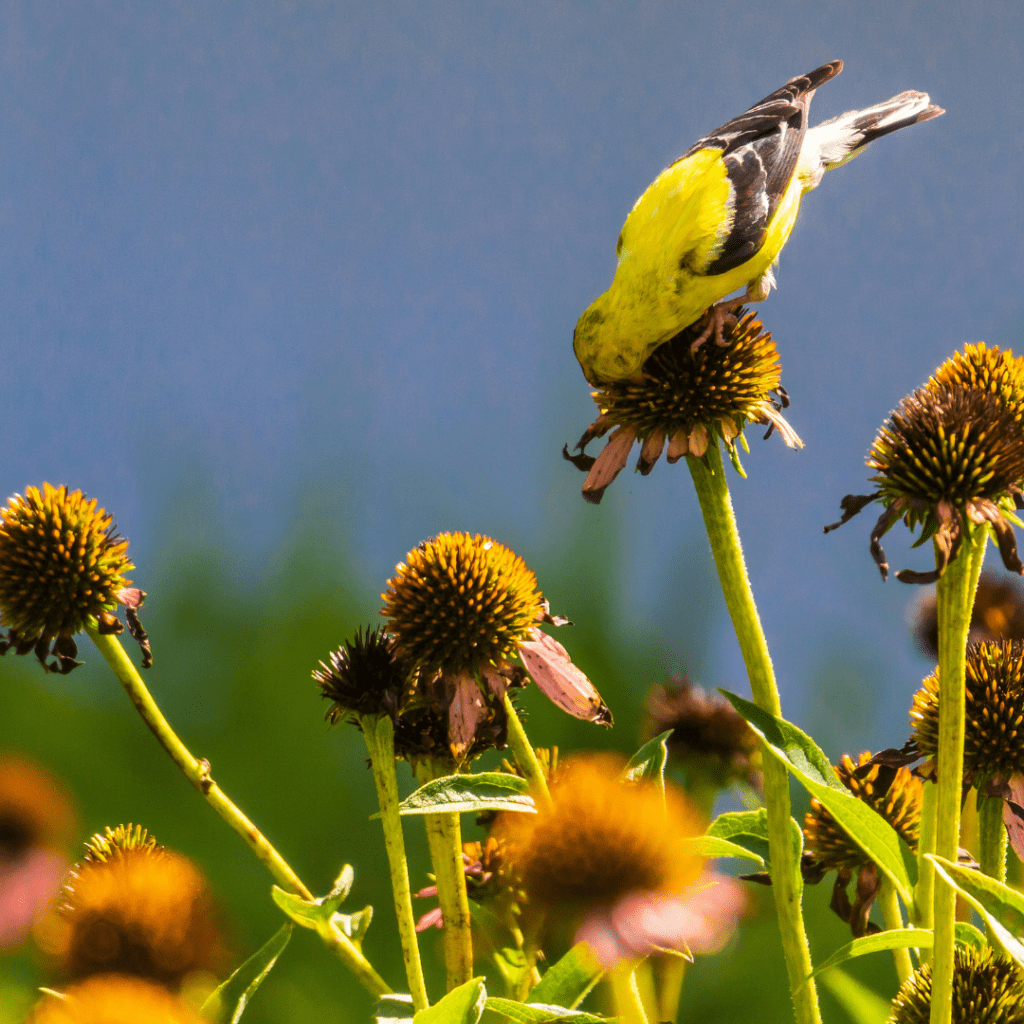
The vibrant and cheerful black-eyed susan adds a splash of color to any garden. But did you know it’s also a fantastic seedhead plant for birds? These lovely flowers transform into charming little seedheads that birds find hard to resist. Expect a symphony of songs and chirps as birds flock to enjoy the tasty delights.
4. Aster (Symphyotrichum)
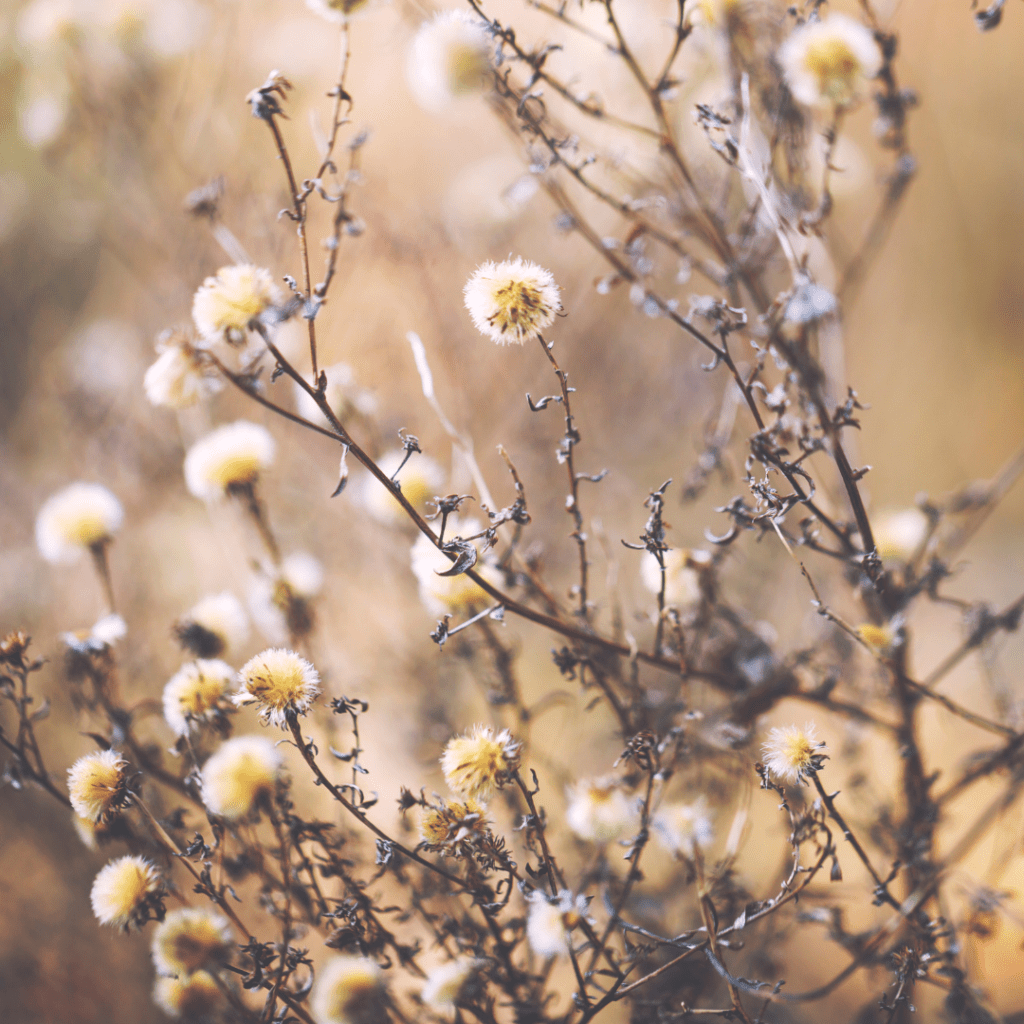
Do you know those fluffy white balls that pop up on the stems of aster plants in the fall? Well, did you know that they’re not just neat-looking decorations for your garden? Nope, those seedheads are actually a veritable buffet for birds during the winter months. You see, as the temperature drops and food becomes scarce, our feathered friends rely on these little clusters of fluff to stay nourished. The seeds inside are a high-energy source of nutrition that helps birds maintain their body temperature and keep up their strength during the colder days.
So while you might be tempted to tidy up your garden in preparation for winter, why not leave those aster seedheads intact? Not only will it add a touch of natural beauty to your backyard, but it’ll also provide a much-needed food source for our avian pals when they need it most.
5. Goldenrod (Solidago)
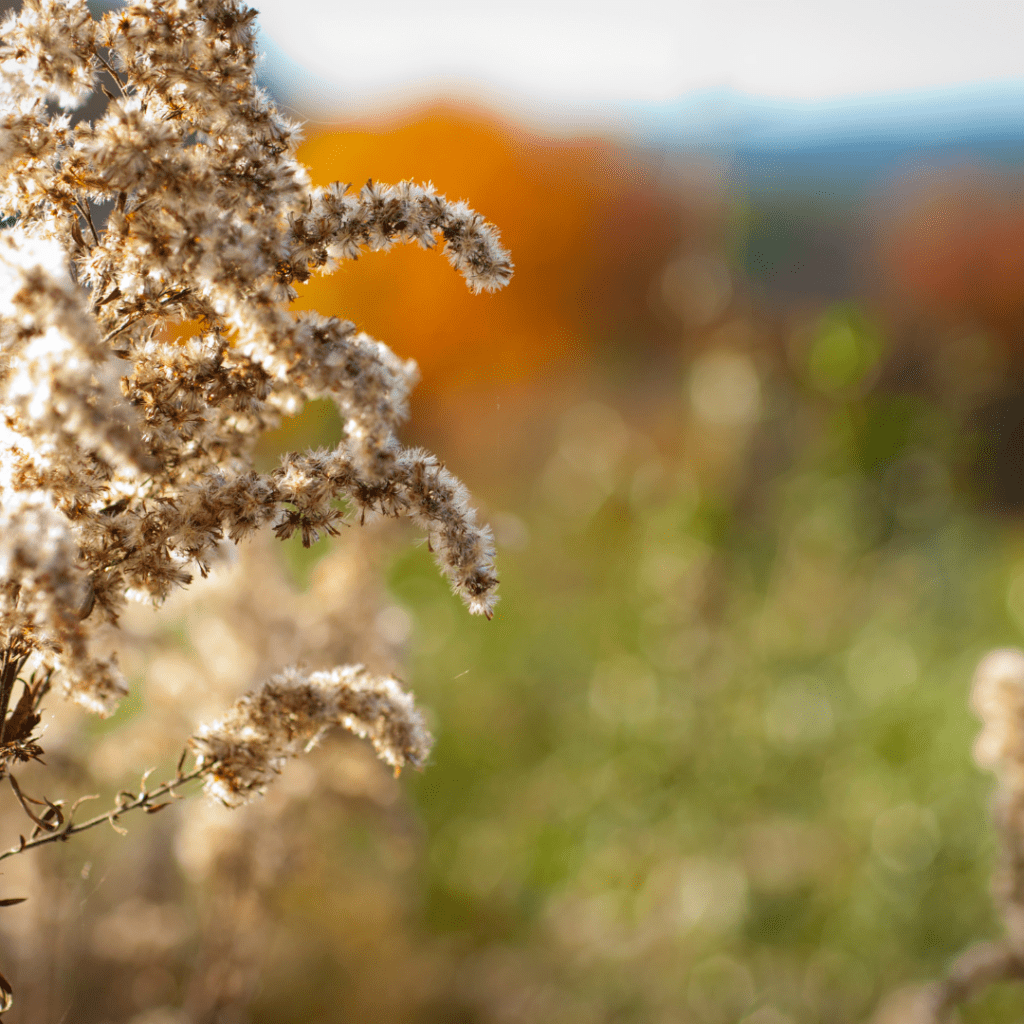
Did you know that the goldenrod seedhead is like a winter buffet for our feathered friends? These vibrant yellow flowers may fade as the colder months approach, but their seedheads become a valuable food source for birds in need. The seeds of the goldenrod are high in fat and protein, providing much-needed energy during the harsh winter days. You’ll often find flocks of sparrows, finches, and juncos gathered around these fluffy clusters, feasting away.
In addition to being a tasty treat, these seedheads also offer shelter from chilly winds and potential predators. So next time you see those fluffy goldenrod seedheads swaying in the breeze, take a moment to appreciate the vital role they play in supporting our bird populations during this challenging season.
Planting and Maintaining Seedhead Gardens
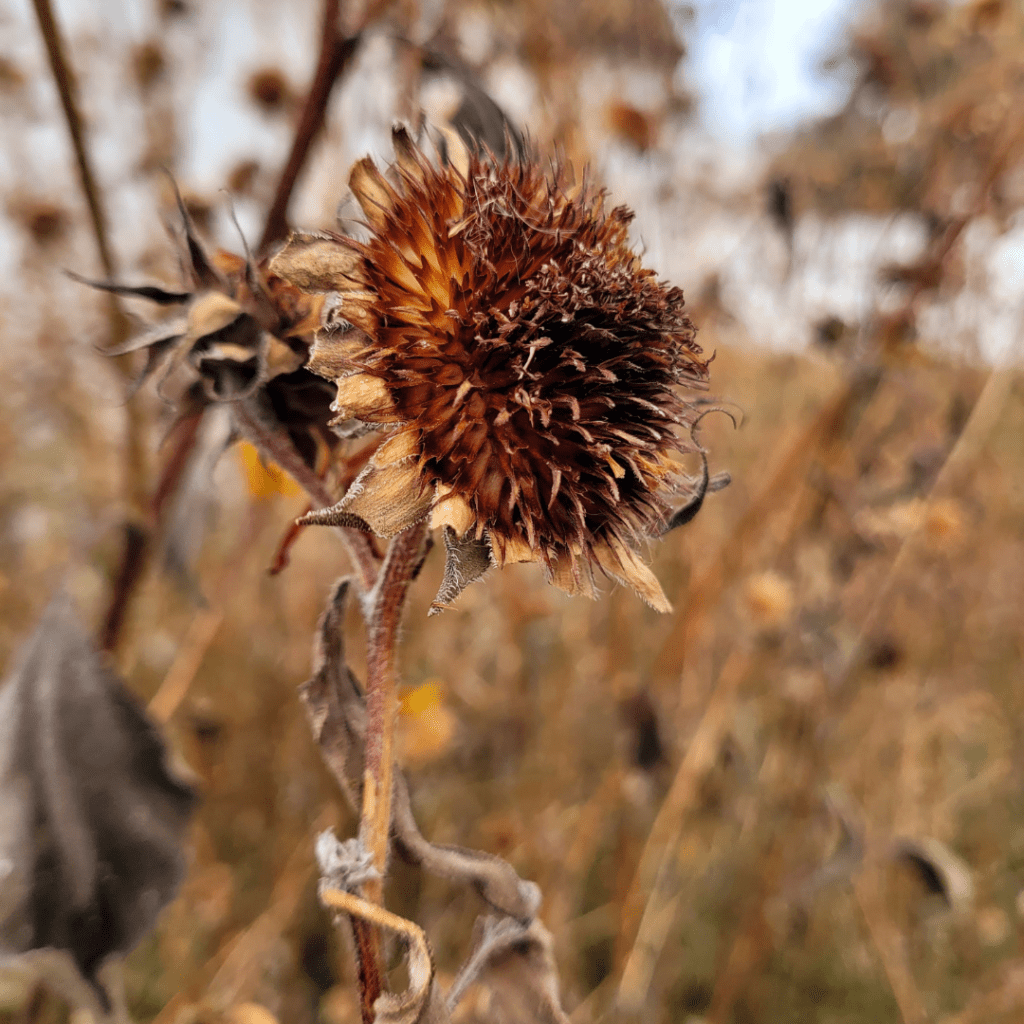
Choosing the Right Location for a Seedhead Garden
When it comes to growing a seedhead garden, location is key. Find a spot in your yard that receives plenty of sunlight and has well-drained soil. Birds love to forage in open spaces, so make sure there’s enough room for them to explore without feeling crowded. Plus, having your garden in a prime location makes it easier for you to sit back and enjoy the show.
Preparing the Soil and Planting Seedhead Plants
Before you start planting, take some time to prepare the soil. Remove any weeds or debris, and amend the soil with organic matter like compost to give your seedhead plants a nutrient boost. When it’s time to sow the seeds, follow the instructions on the packet for spacing and depth. Remember, don’t be afraid to get a little dirty – gardening gloves are overrated!
Watering, Fertilizing, and Pruning Tips
Taking care of your seedhead garden doesn’t require a degree in horticulture. Water your plants regularly, especially during dry spells, but be careful not to drown them. As for fertilizing, a gentle application of organic fertilizer in the spring should do the trick. When it comes to pruning, some seedheads can be left standing through the winter to provide food and shelter for birds, while others benefit from a little trim. Use your judgment and channel your inner hedge-trimming Picasso.
Multiple Benefits of Planting a Seedhead Patch for Birds
When planting a seedhead patch for winter birds to feast upon, you are really providing nature multiple benefits. In the spring when the flowers are blooming, the pollinators will find your highly attractive pollinator patch desirable. You will be helping both the pollinators do their work in the spring and summer while feeding the birds in the winter when the flowers go to seed. It is a win-win for everyone for every season!
Creating a Bird-Friendly Environment with Seedhead Plants
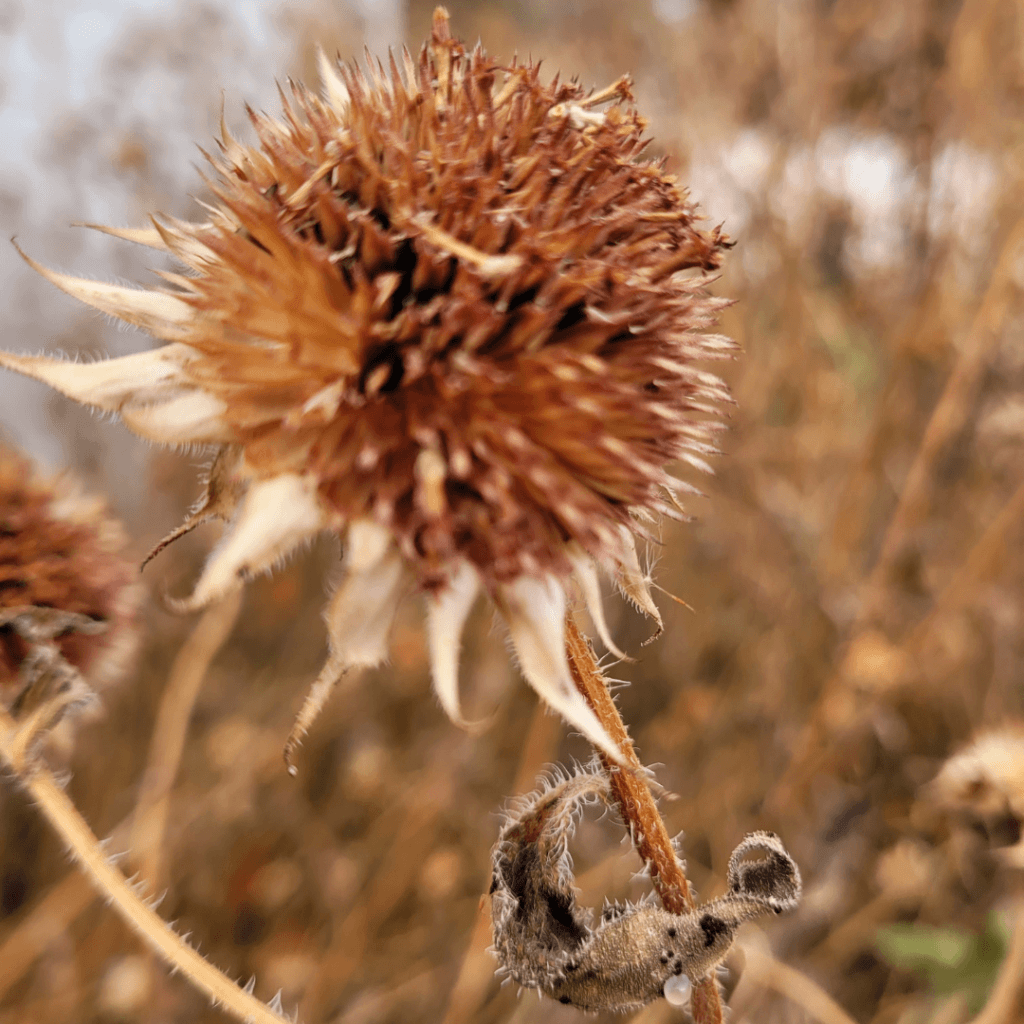
Designing Your Garden to Maximize Bird Habitat
To create a paradise for our feathered friends, strategically place your seedhead plants throughout your garden. Mix tall varieties with shorter ones to create layers and provide perching spots for birds. Adding some native plants to the mix will attract a wider range of bird species. Think of it as creating a trendy bird neighborhood – everyone wants to live in the cool part of town!
Providing Shelter and Nesting Sites
Birds appreciate a good home just as much as humans do. Incorporate shrubs, dense foliage, and trees into your garden design to provide shelter and nesting sites. These cozy spots will not only keep our avian friends safe from predators, but also encourage them to stick around and raise their families. It’s like having the best bird nursery on the block!
Provide nesting balls filled with nesting materials in your seedhead garden to help birds find warm nesting materials in the winter. I wrote a detailed craft tutorial on how to make a nesting ball for birds. It is quite easy and fun! Check out my post on nesting balls for birds at the following link.
How to Make Your Own DIY Bird Nesting Balls
Supplementing Seedhead Plants with Bird Feeders
While seedhead plants are a fantastic food source, it never hurts to have a little extra help. Add bird feeders to your garden to provide a buffet of seeds and grains that birds can enjoy throughout the year. Hang them in different locations to keep things interesting and prevent the neighborhood bullies from monopolizing all the food. Sharing is caring, after all.
Create a fun bird feeder obelisk garden for your neighborhood birds to feast upon. Keep it right next to the seedhead patch for a delicious buffet the birds cannot get enough of. Check out how I built my very own bird feeder obelisk garden in my other post, which explains in detail how I built it.
How to Make a Bird Feeder Obelisk Garden
Additional Tips for Supporting Bird Populations
Providing a Year-Round Food Source
To truly be bird BFFs, aim to provide a variety of food sources throughout the year. While seedhead plants are excellent for late summer and fall, incorporate other plants that produce berries or nuts to feed our feathered friends during other seasons. Remember, birds get hangry too, so keep that pantry stocked!
Incorporating Bird Baths and Water Sources
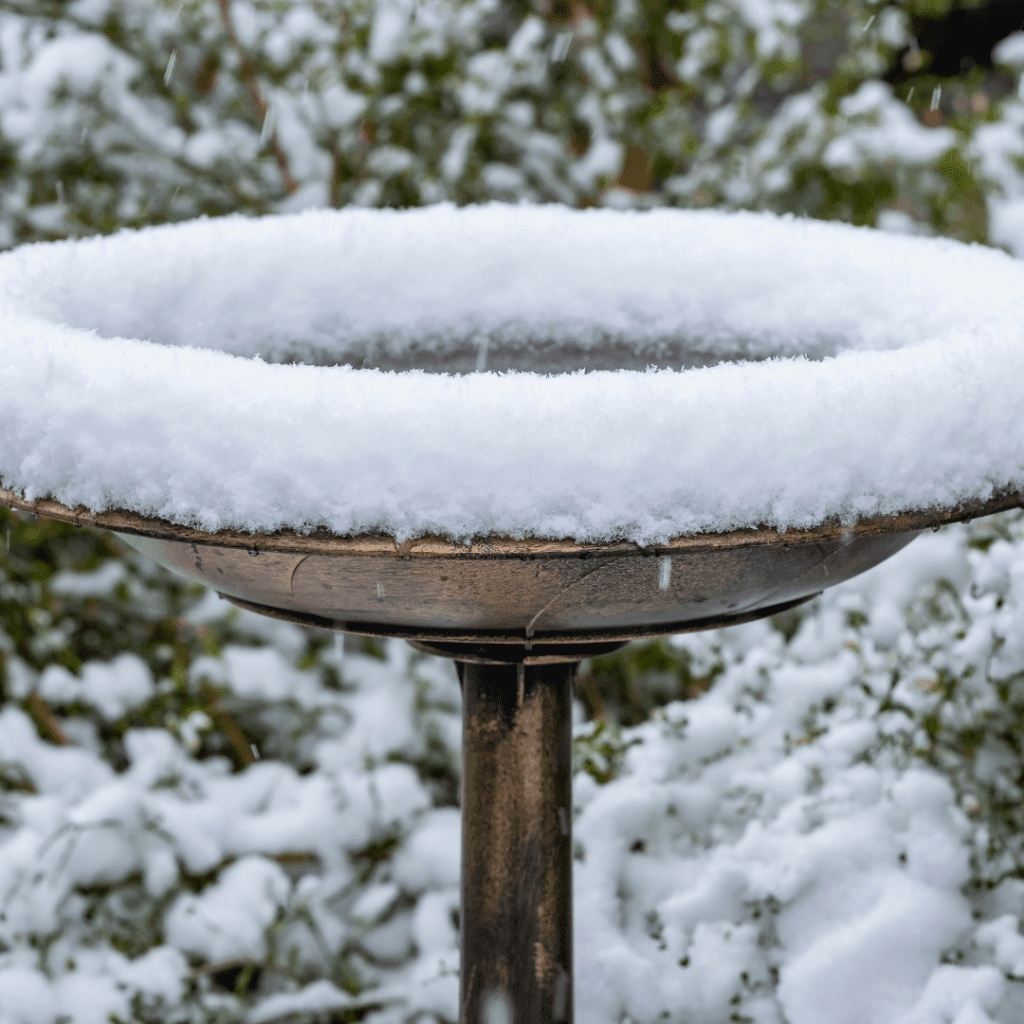
Birds need a place to quench their thirst and take a refreshing dip. Install a bird bath or provide other water sources like a shallow dish with pebbles in your garden. Not only does it keep our winged pals hydrated, but it also adds a charming element to your outdoor space. You can easily keep a bird bath replenished even in the coldest months with my easy ice-busting techniques to winterize your bird bath so birds can stay hydrated in the winter. You can check out my tips at the following link to my other post.
How to Winterize Your Bird Bath: Best Ice-Busting Techniques
Minimizing Pesticide Use and Promoting Natural Pest Control
While it may be tempting to eradicate all those pesky bugs, it’s important to minimize pesticide use in your garden. Chemicals can harm birds and other wildlife. Instead, focus on promoting natural pest control methods like attracting insect-eating birds, practicing companion planting, and using organic pest control solutions. It’s a win-win situation – no bugs, and happy birds!
Conclusion: Enhancing Wildlife Diversity through Seedhead Plants
By planting seedhead gardens and creating bird-friendly environments, we not only add beauty to our outdoor spaces, but also play a vital role in supporting bird populations. These low-maintenance garden patches attract a variety of bird species, provide essential food sources, and offer a safe haven for our feathered friends. Plus, with their stunning seedheads waving in the breeze, they’ll make your garden the talk of the town – at least among the bird community.
Incorporating seedhead plants into our gardens and landscapes is a wonderful way to support bird populations and enhance wildlife diversity. By providing birds with a reliable food source, shelter, and nesting materials, we can create a thriving environment that encourages their presence and contributes to the overall health of our ecosystems. Remember to choose native seedhead plants, carefully plan your garden layout, and provide year-round support for birds. By taking these steps, we can make a positive impact on bird conservation and enjoy the beauty and joy they bring to our surroundings. So, let’s embrace the power of seedhead plants and create a sanctuary for our avian friends.
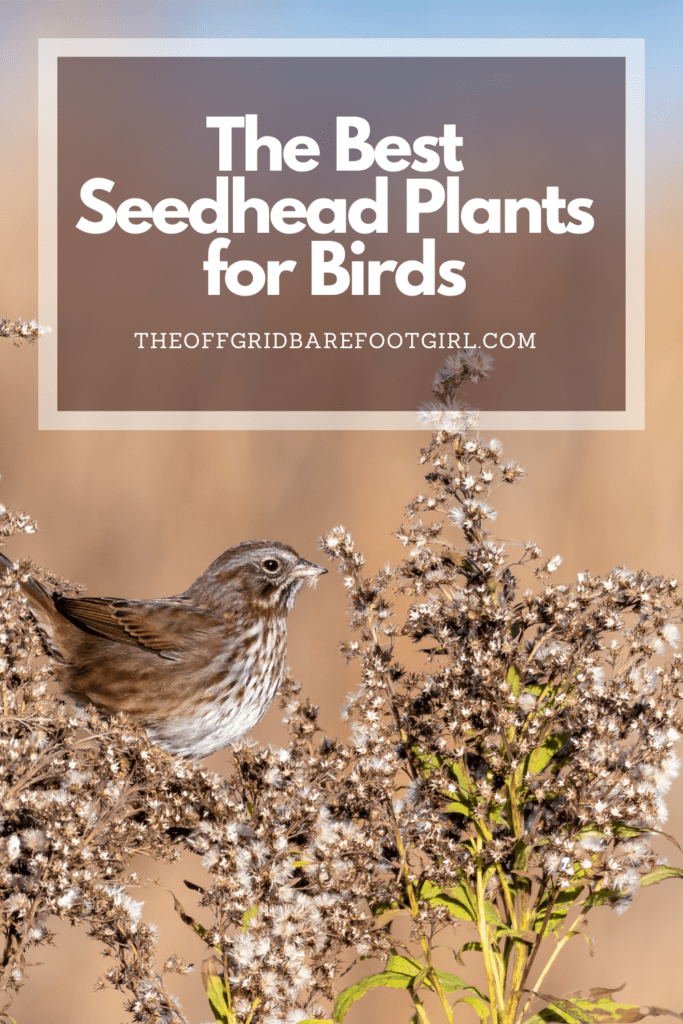
Frequently Asked Questions
1. Can I attract a specific bird species by planting seedhead plants?
While seedhead plants can attract a wide variety of bird species, it is important to note that different birds have different preferences. Certain species may be more attracted to specific seedhead plants or prefer different types of habitats. Researching the bird species you wish to attract and choosing seedhead plants that cater to their needs will increase the likelihood of attracting them to your garden.
2. How do I maintain my seedhead garden throughout the year?
Maintaining a seedhead garden requires regular care and attention. It is important to deadhead spent flowers to promote continuous blooming and seed production. Additionally, watering and providing adequate nutrients are essential for healthy growth. Trim back plants in the late fall or early winter to allow for new growth in the following season. Regular monitoring and maintenance will ensure that your seedhead garden remains attractive and beneficial to birds.
3. Can I incorporate seedhead plants into a small garden or balcony?
Absolutely! Even in small spaces, you can create a bird-friendly environment by incorporating seedhead plants. Choose compact or dwarf varieties that fit well in containers or vertical gardens. You can also consider hanging bird feeders near your seedhead plants to attract birds to your balcony or small garden. With proper planning and plant selection, you can make a positive impact on bird populations, no matter the size of your outdoor space.
Summary
I hope I have inspired you to plant some seedheads for birds to feast on in the winter with these tips and products.
If you were encouraged by this post, I invite you to check out my FREE Printables Page for fun free printables, planners, and charts.
ENTER MY FREE Printables Page HERE
Here are some more of my composting and gardening inspiration posts to check out!
Winter Bird Baths: How to Winterize Your Bird Bath: Best Ice-Busting Techniques
Bird Nests: How to Make Your Own DIY Bird Nesting Balls
Bird Feeders: How to Make a Bird Feeder Obelisk Garden
Top 5 Affordable Bird Feeder Cameras Under $100
How to Grow a Fall Garden: 9 Best Fall Crops
How to Start Composting for the Garden: A Step-by-Step Guide
Blessings,
The Off Grid Barefoot Girl




